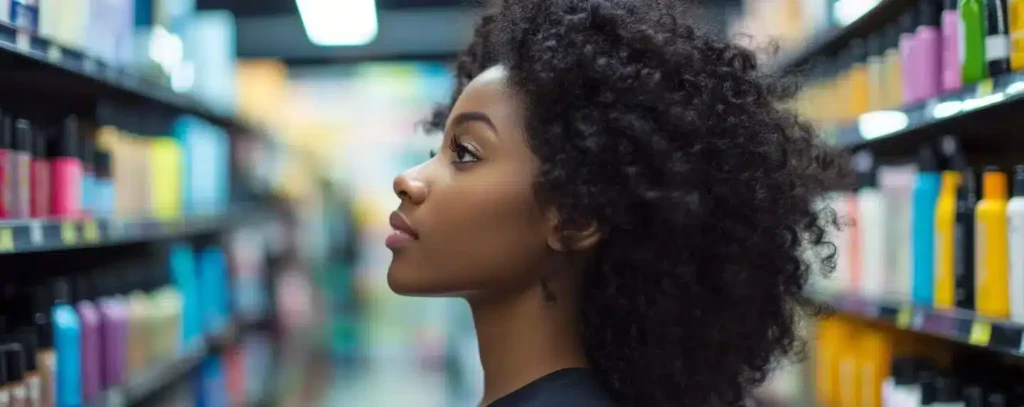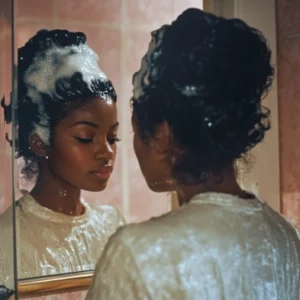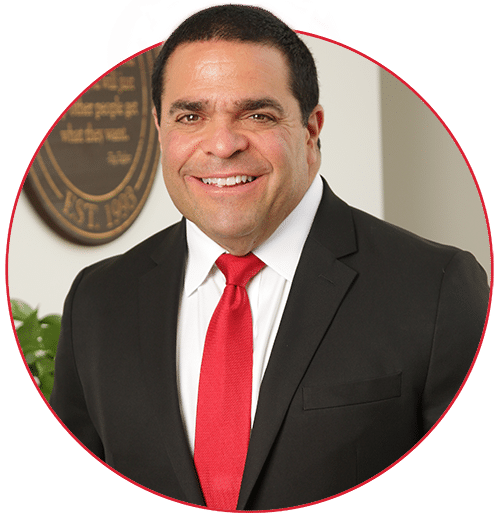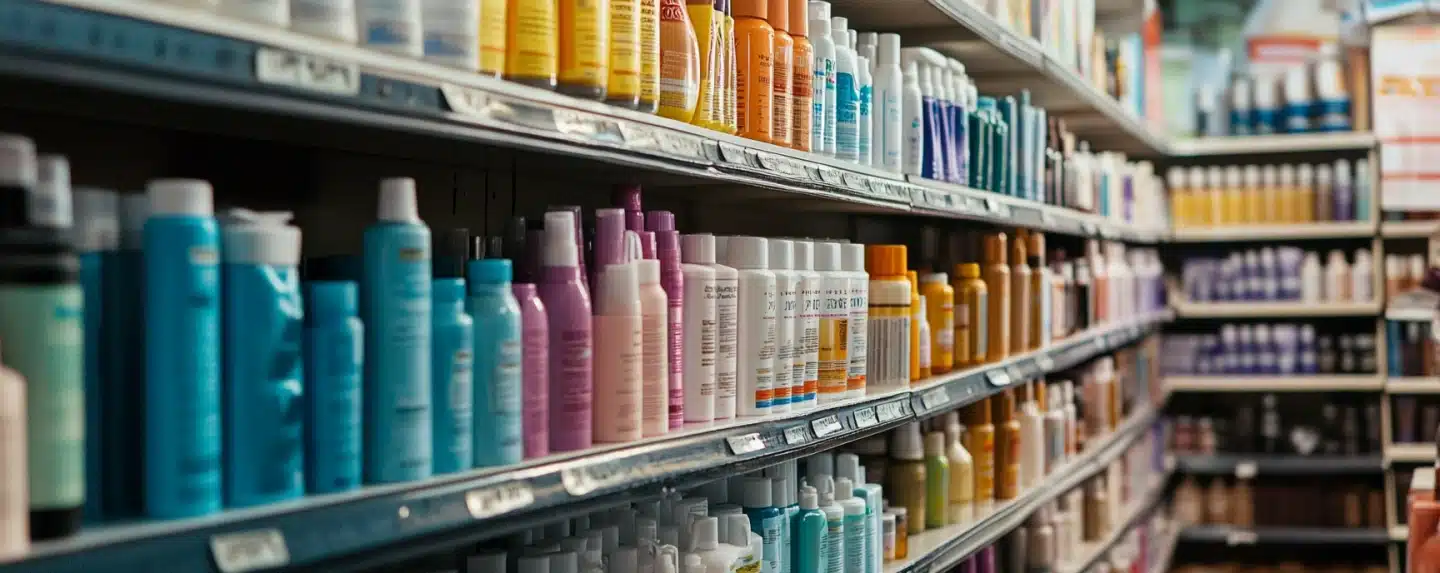Which Hair Relaxers Cause Cancer? Your Guide to Stay Safe
Last updated Friday, October 18th, 2024

Recent studies have raised alarm about the potential link between certain hair relaxers and cancer. This article explains which hair relaxers cause cancer by discussing the harmful chemicals involved, identifying brands frequently mentioned in lawsuits, and providing insights into safer alternatives. Equip yourself with the knowledge to make informed and safe hair care choices.
Key Takeaways
- Hair relaxers, commonly used by black women, have been linked to increased risks of uterine and ovarian cancers due to harmful chemicals like formaldehyde and endocrine disruptors found in chemical hair straightening products.
- Not all hair relaxers are inherently unsafe, but many brands, including L’Oreal and Revlon, face lawsuits for their potential health risks, and misleading ingredient labels exacerbate consumer concerns.
- Consumers are encouraged to seek safer alternatives to chemical hair relaxers, such as natural oils and non-chemical styling methods, to minimize health risks.
Understanding Hair Relaxers and Cancer Risks
Hair relaxers are a staple in the beauty routines of many black women, often beginning as early as age five due to societal pressure to conform to Eurocentric beauty standards.
Recent studies, however, highlight potential health risks, including a higher risk of ovarian and uterine cancers associated with hair straightening products.
Black women, who predominantly use these products, have significantly higher rates of aggressive forms of uterine cancer compared to non-Hispanic white women.
The National Institutes of Health (NIH) published a study in 2022 linking hair relaxers to uterine cancer and suggesting that they may develop uterine cancer, further highlighting these health concerns. Despite these alarming findings, there is still no exclusive causal relationship firmly established, and the conversation around the health risks remains murky and under-educated.
Understanding the risks linked to hair relaxers, especially toxic chemicals like formaldehyde and endocrine disruptors, is crucial. These substances can be absorbed through the scalp, posing long-term health risks. Let’s explore these hazardous chemicals further.
Formaldehyde in Hair Relaxers
Formaldehyde, classified as a Group 1 carcinogen by the International Agency for Research on Cancer, is a significant concern in hair relaxers. Prolonged exposure to formaldehyde gas can significantly heighten the risk of developing cancer. This risk escalates with the duration of exposure. Despite the FDA banning formaldehyde in relaxer products due to its harmful effects, many hair relaxers still contain this dangerous chemical.
Absorption of formaldehyde through the skin during hair relaxer application poses severe health risks. Alarmingly, even ‘formaldehyde-free’ products can contain undetectable amounts, misleading consumers. With over 150 hair relaxers identified with formaldehyde, the FDA is considering a complete ban to ensure consumer safety.
Endocrine Disruptors in Hair Relaxers
Endocrine-disrupting chemicals (EDCs) are another class of carcinogenic substances found in many hair relaxers. These chemicals mimic estrogen, causing hormonal disruptions that can potentially lead to cancer. Significant exposure to EDCs has been linked to an increased risk of uterine, breast, and cervical cancers.
Black women face a higher risk because they use chemical straighteners more frequently, leading to greater exposure to toxic chemicals. Excessive estrogen levels from EDCs can cause unregulated growth, which may develop into breast cancer.
Be cautious about products claiming to be free of carcinogens, as these claims can be misleading.
Identifying Dangerous Hair Relaxer Brands
Not all hair relaxers are linked to cancer, but the lack of specificity in studies makes it hard to identify safe products. Certain hair relaxers have been linked to hormone-related cancers, raising significant concerns.
Hair relaxer brands commonly face allegations of harmful ingredients and cancer links. The absence of a definitive list of unsafe products adds complexity. With numerous lawsuits filed in 2023 and no settlements or verdicts yet, the legal landscape continues to evolve.
Commonly Named Brands in Lawsuits
Brands like L’Oreal and Revlon are frequently named in lawsuits related to cancer claims associated with hair relaxers. These brands face product liability lawsuits due to the health risks their products may pose.
Misrepresentation of Ingredients
Misrepresentation of ingredients is a major issue in the hair relaxer market. Some ‘formaldehyde-free’ products still contain undetectable amounts, misleading consumers and leading to unknowing exposure to harmful chemicals.
Consumers must be vigilant and question the transparency of hair relaxer manufacturers to avoid these dangers.
Health Impacts of Chemical Hair Relaxers
Chemical hair relaxers have both immediate and long-term health impacts. Frequent use has been linked to over a 50% increased risk of uterine cancer among postmenopausal Black women.
The FDA is considering stricter regulations on chemical hair straightening products with formaldehyde due to potential health risks.
Immediate Side Effects
Common immediate reactions to harmful hair relaxers include:
- Scalp irritation, which can manifest as mild itching or severe burning sensations
- Chemical burns
- Allergic reactions, resulting in red, swollen, and tender areas on the scalp
Hair breakage and brittleness are also common soon after applying relaxers, due to the weakening of the hair shaft. In some cases, improper application or prolonged product use can lead to temporary or permanent hair loss. Following safety instructions and conducting a patch test before usage can help reduce these risks.
Long-Term Health Risks
The long-term health risks of using chemical hair relaxers are significant. The use of these products has been linked to an increased risk of developing several types of cancer, including uterine, breast, and ovarian cancers.
Long-term exposure to endocrine-disrupting chemicals in hair relaxers can lead to various reproductive health issues and an increased likelihood of uterine leiomyomata. The link between chemical hair relaxers and certain cancers is still emerging, prompting ongoing lawsuits and further research.
Legal Actions and Consumer Rights
If you have concerns about cancer caused by hair relaxers, it’s crucial to seek information and legal advice. Consulting a lawyer promptly can help you understand your options and assert your rights.
Currently, there are over 8,217 lawsuits pending against hair relaxer manufacturers due to their potential to cause cancer.
Filing a Hair Relaxer Cancer Claim
Women diagnosed with cancer due to hair relaxers can file a lawsuit for just compensation. After a cancer diagnosis, consulting a lawyer promptly is crucial.
Initial consultations with lawyers regarding hair relaxer claims are typically free of charge. Attorneys can seek compensation for medical bills, lost wages, and other damages related to hair relaxer injuries.
What to Document for a Lawsuit
Documenting your experience with hair relaxers is crucial to demonstrate liability and the value of your damages.
Keep thorough records of your medical history, product usage, and any adverse effects experienced.
Safer Alternatives to Chemical Hair Relaxers
Due to health concerns, consumers are increasingly looking for safer alternatives to chemical hair relaxers. Exploring natural hair care options and non-chemical hair straightening methods can provide safer ways to achieve desired hairstyles without the associated risks.
Natural Hair Care Options
Natural oils like coconut or argan oil can moisturize and smooth hair while avoiding harmful chemicals. Plant-based oils and butter act as natural moisturizers and conditioners, maintaining healthy hair without chemical risks.
Herbal rinses, like those made from chamomile or hibiscus, enhance hair texture and contribute to overall scalp health. Natural shampoos and conditioners can help restore moisture without harmful additives. Natural hair care options provide healthy alternatives that do not pose the same risks as chemical treatments.
Non-Chemical Hair Straightening Methods
Heat styling tools, such as flat irons and curling wands, can be used for temporary straight hair without chemical hair straighteners or hair straighteners. Protective hairstyles, like braids or buns, help manage hair texture without applying chemical relaxers.
Non-chemical hair straightening methods provide safe alternatives to traditional chemical relaxers. Choosing these methods can reduce potential health risks associated with chemical relaxers.












